On the sidelines of the Russian Energy Week international forum, the energy ministers of the BRICS countries, which now include some of the world’s largest oil producers and suppliers, met in Moscow on September 26 to discuss the energy market. This is the third time that BRICS officials in charge of this sector have met.
Since expanding to include OPEC members Iran and the UAE earlier this year, BRICS has significantly increased its energy footprint. OPEC kingpin Saudi Arabia was also invited to join but has yet to confirm its membership.
Accordingly, in terms of the oil sector, the group led by Russia and China currently accounts for 41% of global production and 35% of global consumption, if Saudi Arabia's volume is included.
Potential growth areas
Analysts see the “de-dollarization” of trade, including oil, as a potential growth area for cooperation within the group. Several member states have identified it as a strategic priority, but non-dollar crude oil trade faces hurdles, including the choice of alternative currencies, issues related to currency convertibility and exposure to exchange rate fluctuations.
“One policy issue that unites the nine current members of BRICS and the 40 potential members of the group… is a shared desire to move away from the dominance of the dollar,” said David Lubin, senior fellow at the Global Economics and Finance Programme at Chatham House.
Other areas of trade cooperation within the group are complicated by significant differences in the economies of member states and existing international partnerships, analysts say.

Speaking at the Russian Energy Week international forum on September 26, 2024, Russian President Vladimir Putin praised relations with the BRICS and OPEC+ groups. Photo: TASS
One area of potential non-dollar trade growth is Saudi Arabia's oil exports to China, which have surged in recent years.
“The potential for more RMB oil transactions depends on the willingness of oil exporters to accept the currency for payment – which in turn depends on the ability to use the proceeds,” said Charles Chang, head of corporate credit for Greater China at S&P Global Ratings.
Non-dollar trading in petroleum products could grow faster than crude.
“The question is whether crude oil is such a large, liquid commodity that it is difficult to increase gradually. What we have seen so far seems to be that de-dollarization is happening first with non-crude products than with crude products,” said Mr. Chang.
New BRICS member UAE is also looking to increase non-dollar trade, and recently signed a memorandum of understanding with fellow BRICS members India and Ethiopia to explore trading in local currencies.
“I don’t see smaller economy currencies like the Dirham (UAE currency) being able to achieve global scale over time because the trading volume is not really there, which is where the renminbi has more potential,” said Mr. Chang.
Prospects for increasing “energy footprint”
For Russia, the importance of reducing its exposure to the US dollar has increased since Moscow launched a military operation in Ukraine in February 2022, which led to Western sanctions. The Eurasian giant has been preparing for a scenario of being cut off from Western financial markets and the US dollar since 2014 after the annexation of Crimea.
Fellow BRICS members India and China have played a key role in Moscow's efforts to mitigate the impact of Western sanctions on the Russian economy, with crude exports to the two countries cushioning the blow of a major drop in supplies to Europe.
Russian crude oil exports to India have reached 2.1 million barrels per day since the fighting began, according to S&P Global Commodities at Sea. However, currency issues have disrupted these flows – highlighting the challenges of non-dollarized trade.
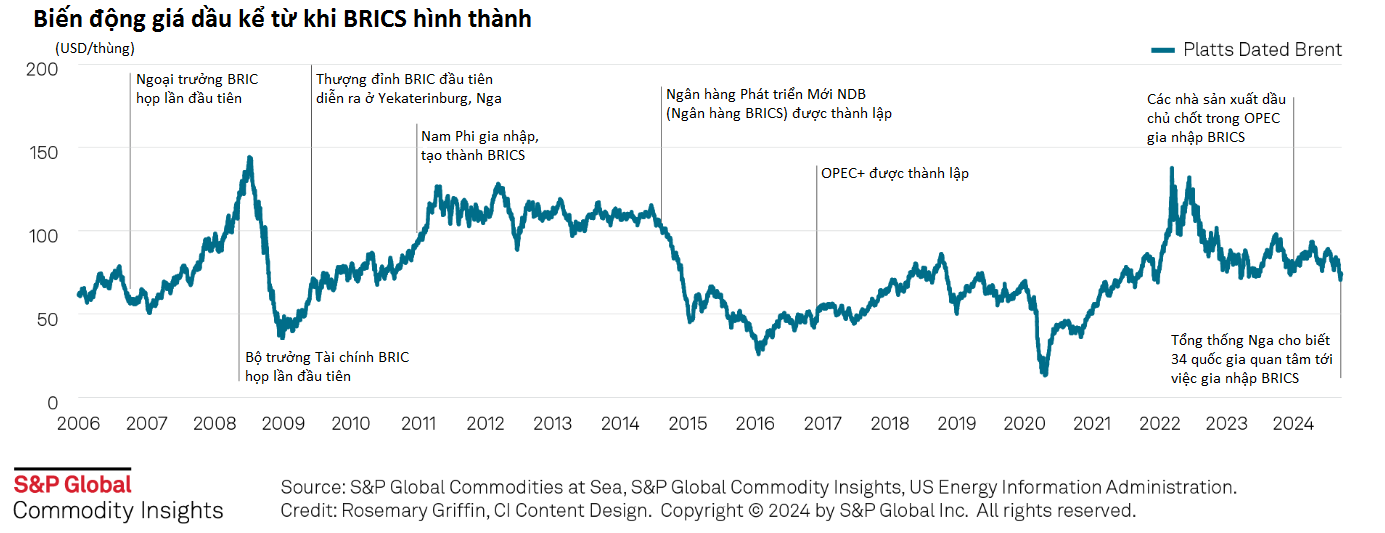
Oil price movements since BRICS formation. Source: S&P Global
Russian President Vladimir Putin has made boosting the influence of BRICS and other alternatives to Western institutions a priority. Russia holds the rotating BRICS presidency in 2024 and is aiming to further expand the group when leaders gather in the Russian city of Kazan on October 22-24.
“During the negotiations, it is necessary to agree on common principles for our countries on a just energy transition and outline ways to strengthen the role of BRICS in the global energy dialogue,” Putin said on September 23 in a speech to guests attending the Russian Energy Week international forum.
Earlier, on September 12, the Russian president said that 34 countries were considering some form of cooperation with BRICS. Officials from Türkiye and Venezuela have expressed interest in joining the group, which would further increase BRICS’ “energy footprint.”
Türkiye is a key conduit for oil and gas flows between Russia and the rest of Europe, Central Asia and the Middle East. Ankara has been balancing its relations with Moscow and the West since the outbreak of the Russia-Ukraine conflict, seeing its importance in the global energy trade increase.
Meanwhile, Venezuela holds the world's largest oil reserves and has cooperated with Russia through OPEC+. Caracas' oil industry is under numerous US sanctions.
In short, the inclusion of Türkiye and Venezuela in the group would increase BRICS’ collective control over global energy markets, but member states’ differing priorities and challenges to de-dollarizing trade will continue to hamper efforts to foster group-wide cooperation and influence.
Minh Duc (According to S&P Global, Sputnik)
Source: https://www.nguoiduatin.vn/dau-chan-nang-luong-cua-brics-dang-ngay-cang-tang-them-204240926203827584.htm




![[Photo] Closing of the 11th Conference of the 13th Central Committee of the Communist Party of Vietnam](https://vstatic.vietnam.vn/vietnam/resource/IMAGE/2025/4/12/114b57fe6e9b4814a5ddfacf6dfe5b7f)


![[Photo] Overcoming all difficulties, speeding up construction progress of Hoa Binh Hydropower Plant Expansion Project](https://vstatic.vietnam.vn/vietnam/resource/IMAGE/2025/4/12/bff04b551e98484c84d74c8faa3526e0)
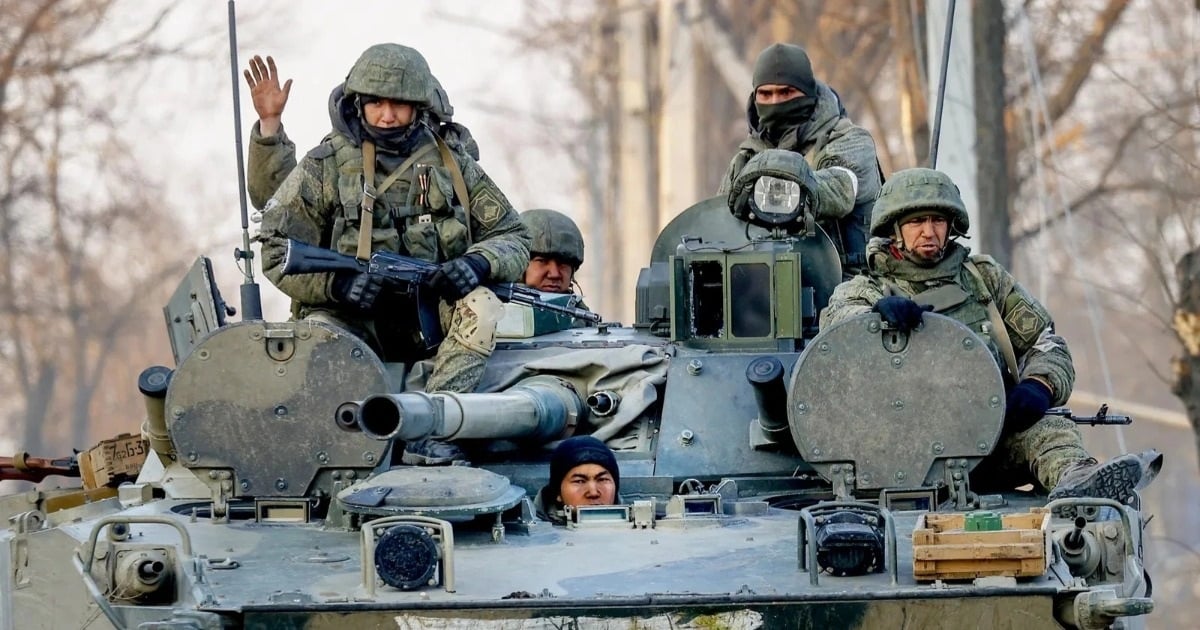

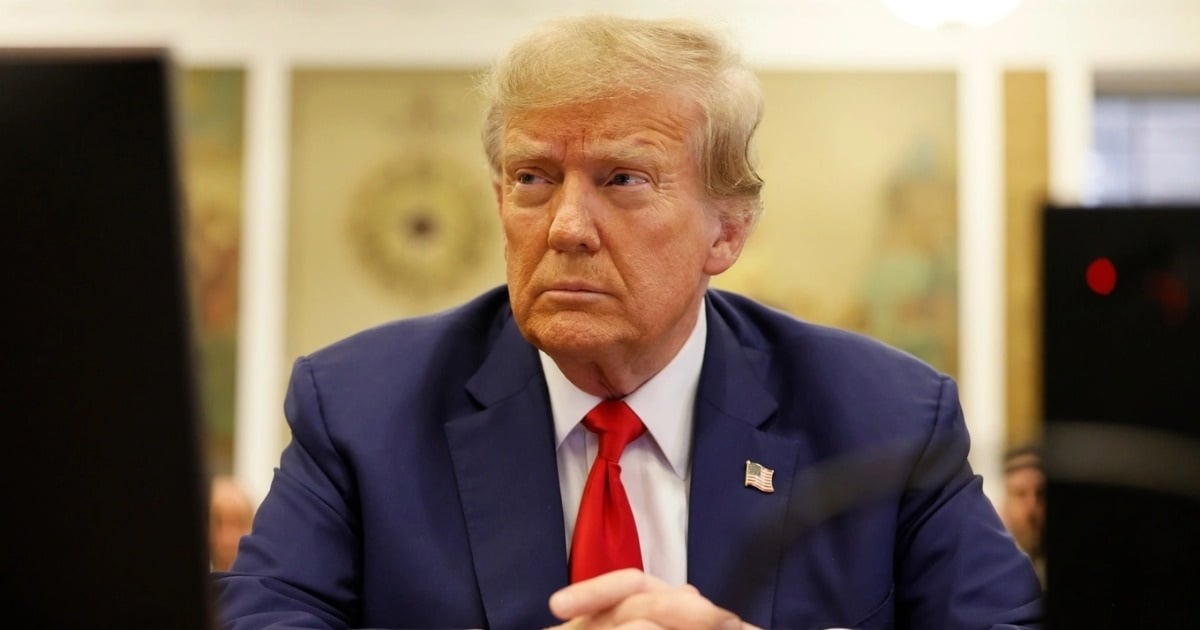
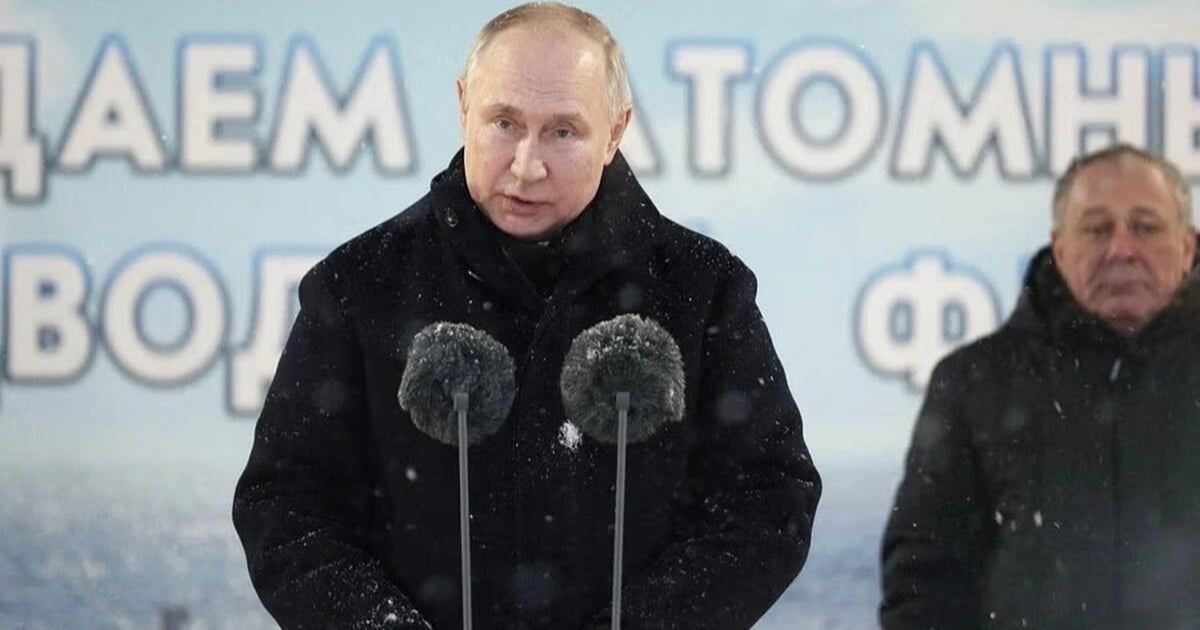
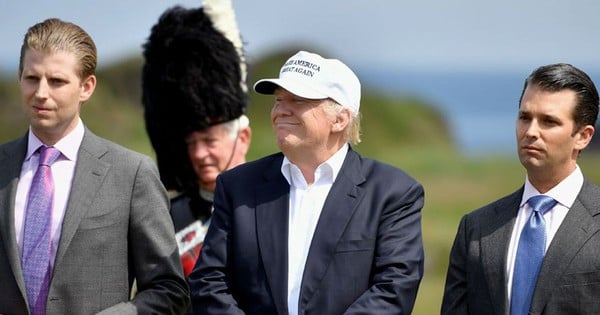

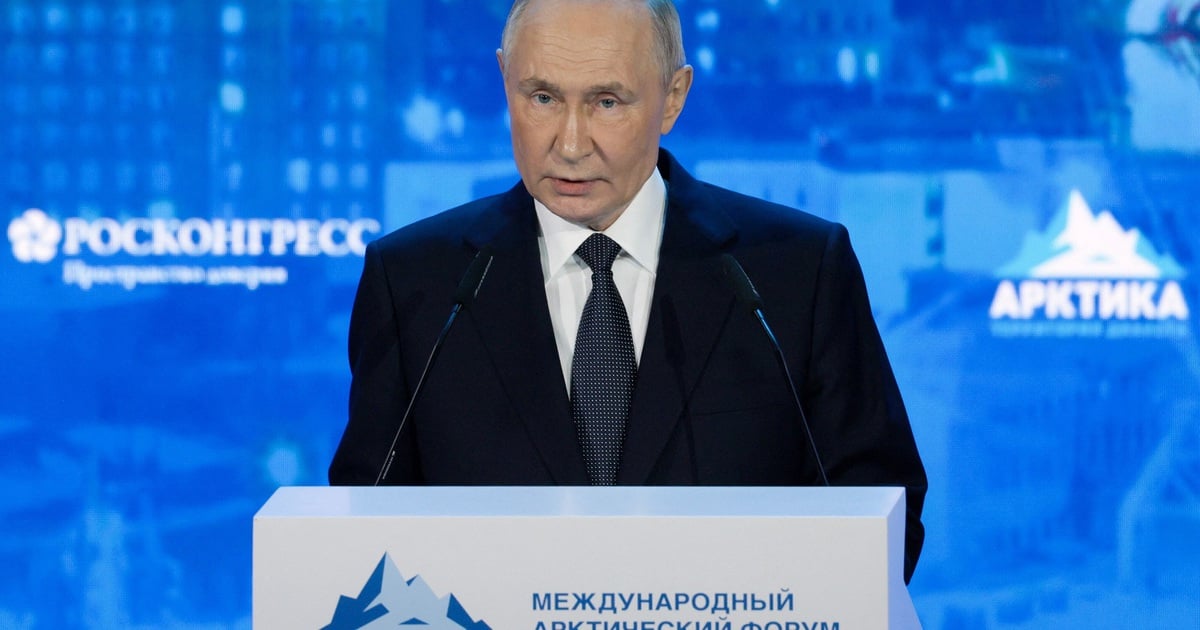

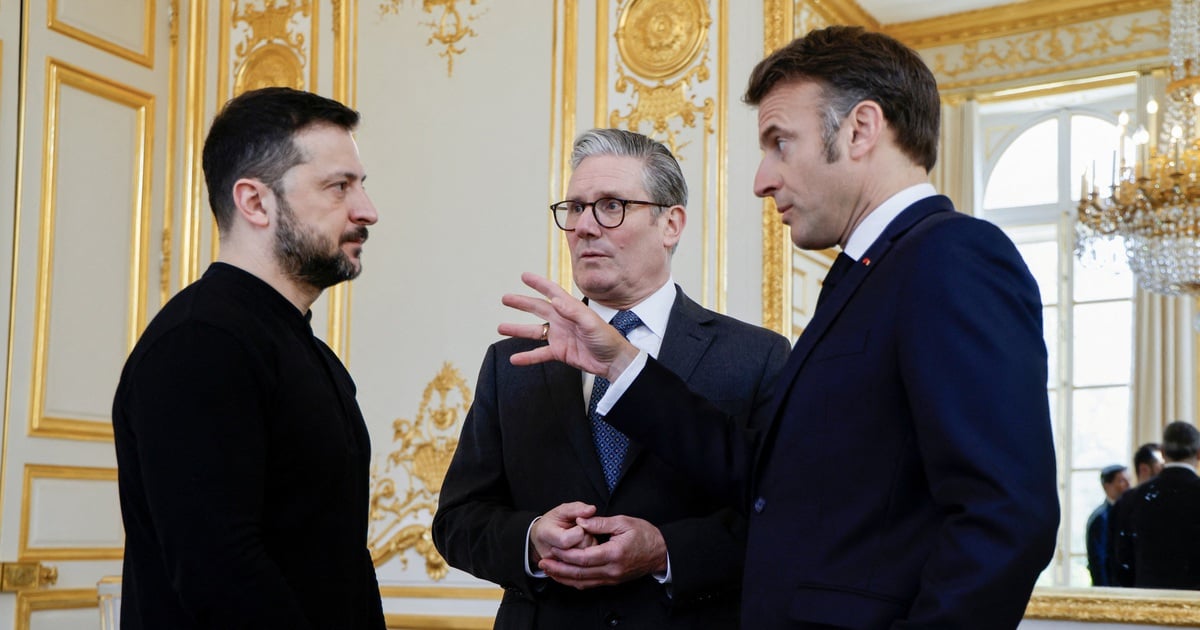
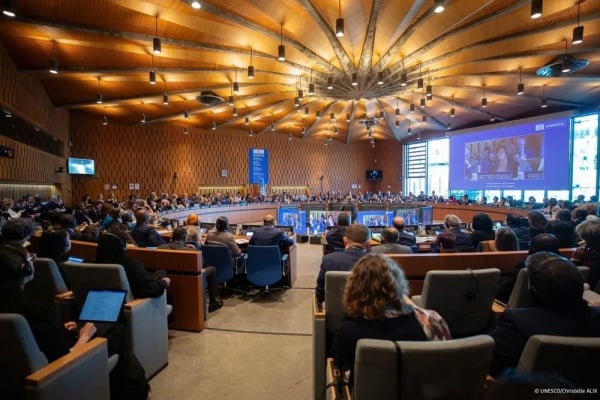
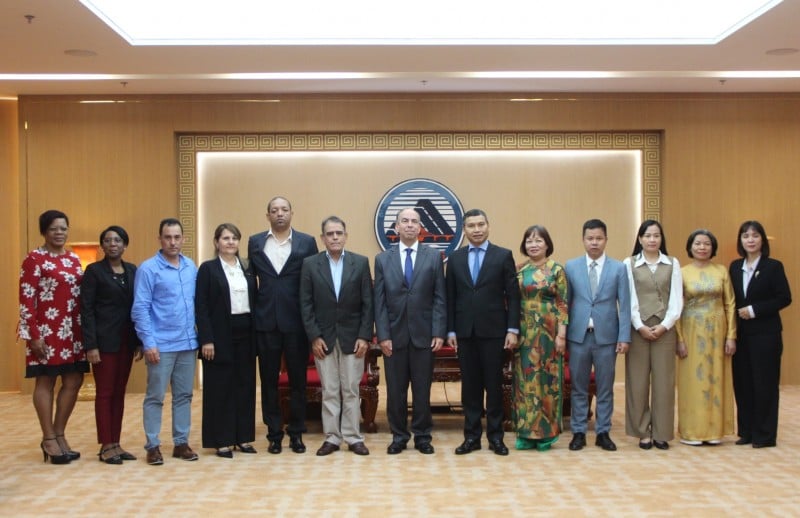
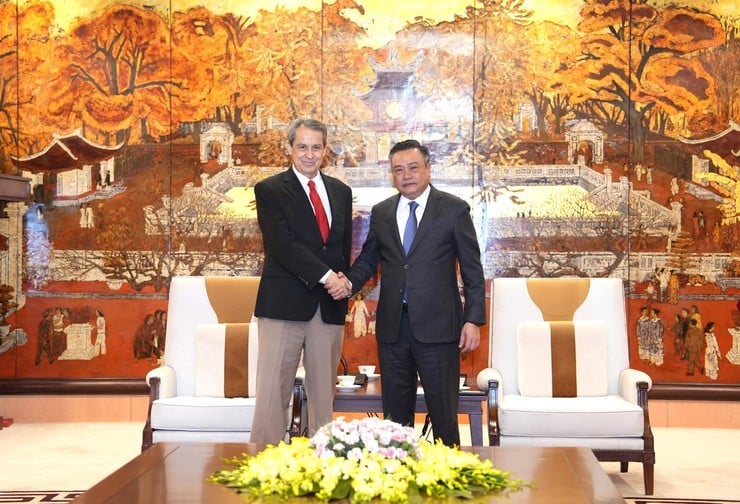
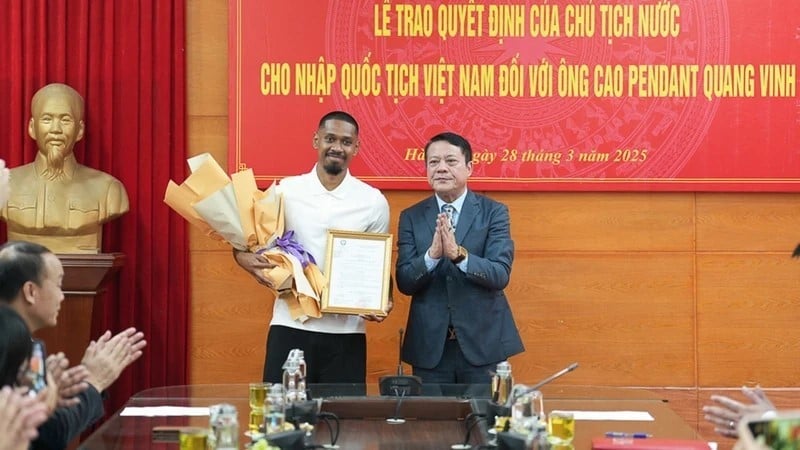
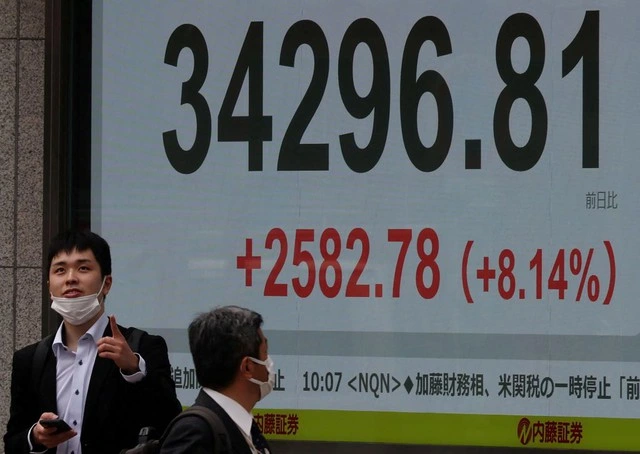
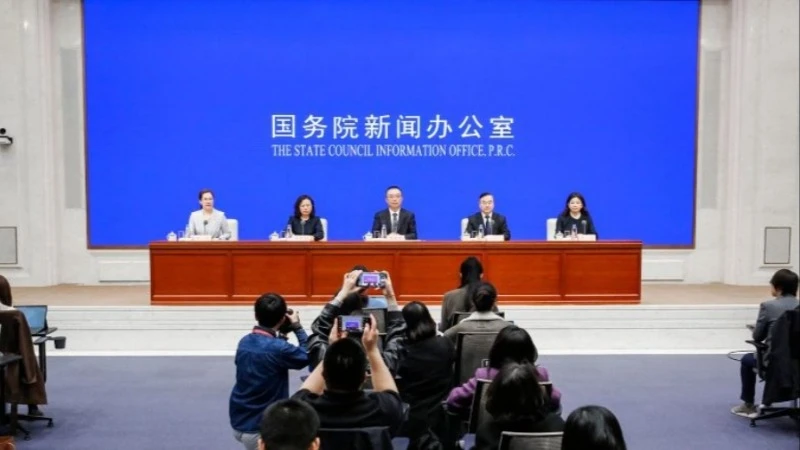




























































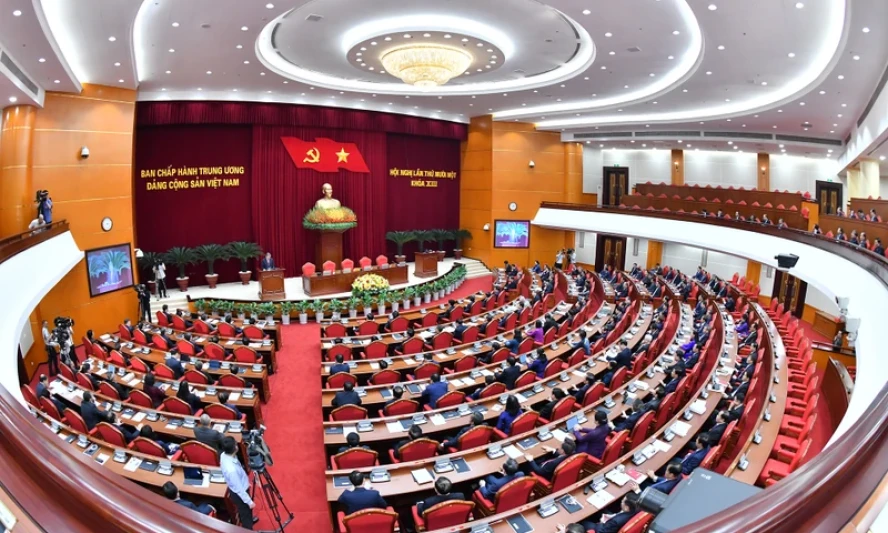











Comment (0)